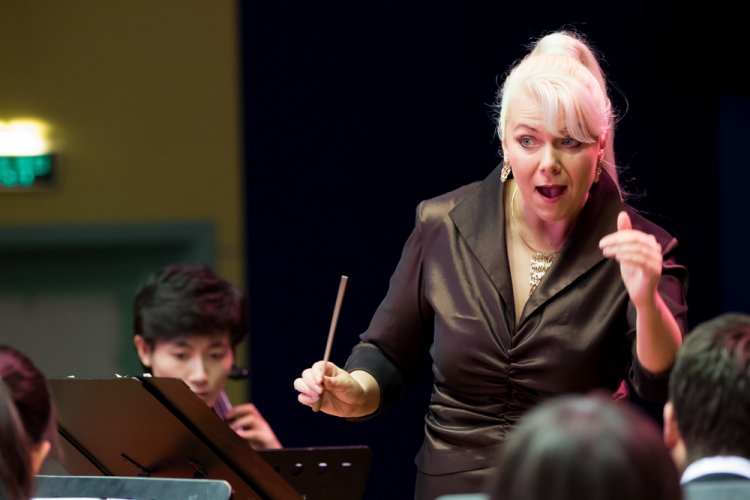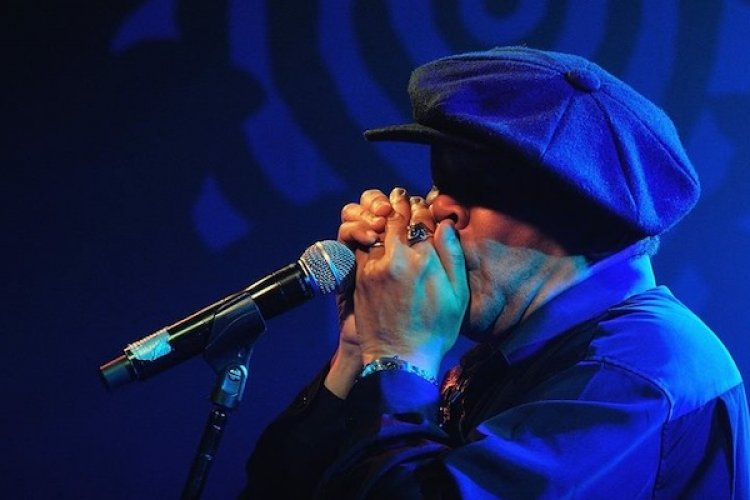Sino-Scandinavian Green: Eva Molina Biorck of Chang & Biorck
Swede Eva Molina Biorck moved to China in 1996 shortly after graduating from the East Asian Studies Program at Stockholm University. After a seven-year stint as China sales and marketing manager for Scandinavian Airlines, she found a way to engage her love for both Scandinavian and Chinese aesthetics by founding home accessories company Chang & Biorck. Aside from her work for C&B, she is also a partner in Mosto and sister restaurant Modo, and spends time taking care of her very first baby girl. Agenda stopped her for a chat about the origins of C&B and how to blend two different traditions of design.
How was Chang & Biorck conceived?
Living and working in China brought the desire to create a company where we could shape things ourselves and build a brand that represents the best of Scandinavian and Chinese design. We talked it over for more than a year; in Scandinavia we visited design fairs and interior shops to get a feel for the market. In China, we visited factories and local markets to find feasible solutions for production issues. Finally, we decided to invite some designers to China and things started to move.
We signed up for the Stockholm Design Fair where we won the prize for best textile, which created a lot of media attention and boosted our confidence. This was the starting point, since then we have been exporting to Europe. Clients include the prestigious Conran Shop (in London, Paris and New York) and the upscale Swedish interior shops Svenskt Tenn and NK Inredning. Our products have also been selected to be part of the interior decoration for the rooms of several five star hotels, such as Grand Hyatt, the Ritz Carlton and Shangri-la among others.
What is the concept behind the brand?
We design lifestyle accessories for the individual and the home. Our products are characterized by signature patterns, vibrant colors and striking forms. Attention to detail, quality and craftsmanship guide our work and we are committed to using environmentally responsible materials and processes whenever possible.
As Scandinavians we remain true to our strong design heritage and incorporate these elements with fabrics and materials that are unique to China, such as silk, Mongolian wool and new bone china. Hence our name “Chang & Biorck” – a fuse of Scandinavian simplicity with Asian inspirations.
What are the similarities and differences between Chinese and Scandinavian design?
When it comes to C&B, it is in many ways a juxtaposition of styles: the simplicity of Scandinavian design traditions and the ornate and colorful Chinese classics. However, we try to make the end result of our products harmonious and fresh. This fusion stems from our own personal experience and tastes as Scandinavians living in China. We appreciate the materials and craftsmanship of traditional Chinese design, but we make an effort to simplify its elements.
What is it like running a home and life accessories store in Beijing?
The home accessories market for small independent retailers is still very new in Beijing, but it is on the up and rising. It is interesting to be part of that development and see how consumer preferences change over time, how different segments of our Chinese consumers respond to trends and fashion when it comes to home decoration. We hope that our concept and products will continue to meet their demands and taste.
What do your day-to-day duties consist of as owner?
It’s everything from training our shop assistants, decorating the shop, implementing customer service, working on color palettes for upcoming collections, collaborating with our designers on new styles for the upcoming season, solving production issues, keeping inventory. The list is endless.
Which famous designers have you collaborated with and what are their greatest sources of design inspiration?
Chang & Biorck are proud to work with some of Sweden’s most prominent and well-respected designers. Our designers are leaders in their fields and are inspired by Chinese art, architecture, culture and life. At the same time, they explore ways to blend both the differences and similarities of Chinese and Scandinavian culture into our product designs, which make them unique.
Gunilla Lagerhem Ullberg is Sweden’s queen of textile design. Her work is renowned internationally and she has been awarded the prestigious “Excellent Swedish Design” prize on several occasions.
Marie Louise Hellgren’s beautiful ceramic forms and designs are loved by people around the world; she has sold millions in Scandinavia, Japan and the US. For Marie-Louise it is essential that her ceramics inspire and contribute to daily life. Simplicity, functionality and elegance characterize her work.
Sara Odman is a young and dynamic designer who in recent years has received a lot of media attention for her designs. Sara graduated from the renowned Parisian School ESAG Penninghen in 2008, and developed her design studies further by spending half a year at the Central Academy of Fine Arts in Beijing.
What are your favorite eco-friendly fabrics to work with?
We have spent a great deal of time sourcing and selecting just the right material for our Kid’s Collection which we wanted to be in 100 percent organic cotton. Cotton is a natural fiber and one of the oldest plants to be harvested. The cotton twill we chose is a comfortable material that works wonderfully with kids’ products, as it keeps its shape and feel even after many washes. Sara’s unique mother and baby bird pattern is printed on this fabric using low-impact dye.
For our autumn/winter 2010 collection, we are excited to introduce hemp. It is environmentally friendly, as it is a fast-growing crop and requires few pesticides and no herbicides.
Share your thoughts on environmentally responsible design.
We choose our suppliers based upon their capabilities to deliver environmentally responsible materials such as organic cotton and hemp. We use processes such as low-impact dye and PEVA coating, which is PVC-free, chlorine-free and biodegradable.
A “green design” is important, but that is only part of our efforts in trying to be as environmentally responsible as possible. I think it’s important to start by changing our attitude and habits; it could be trivial things; for example, how we re-use scrap paper in the office, use energy saving light bulbs, we treat waste material, etc. Our efforts might be small in the big picture, but I really believe it makes a difference down the line.
Chang & Biorck. Daily 10am-10pm. 2-19A, 1/F, Bldg 2, Sanlitun Village, 19 Sanlitun Lu, Chaoyang District (8400 2296) www.changbiorck.com 朝阳区三里屯南路19号三里屯Village2 号楼1层2-19A单元






